Blog
Posture Tips That Support Healing After Spinal Decompression
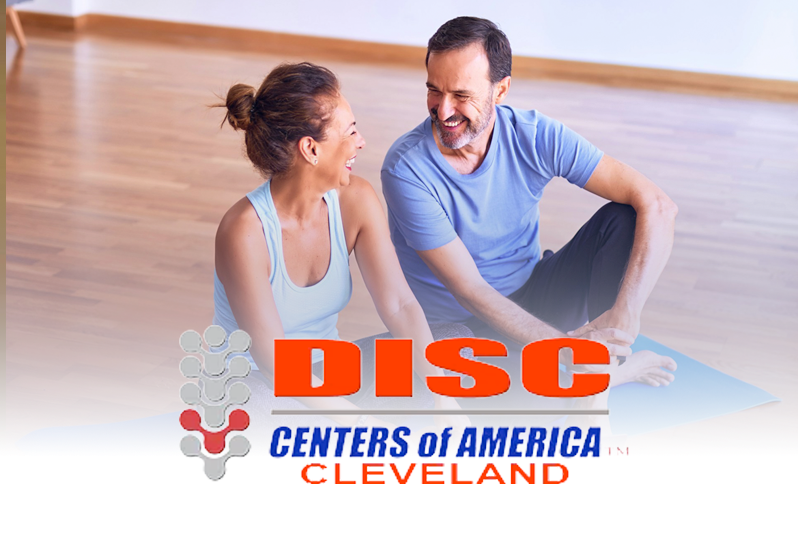
Posture isn’t just about appearance. The way you sit, stand, and move directly affects the spine’s alignment, the health of your discs, and the success of your decompression therapy. Here are posture strategies you can start using immediately after treatment to help protect your spine and prevent recurring pain.
Why Posture Matters After Spinal Decompression
Spinal decompression therapy creates negative pressure within the discs, allowing bulging or herniated material to retract and reducing nerve compression. Following treatment, your spine is in a more neutral position — but without proper posture, daily habits can quickly place unnecessary stress back on the discs and surrounding muscles.
By practicing correct posture, you can:
- Reduce pressure on healing discs and nerves
- Improve circulation to spinal tissues
- Enhance muscle balance and support
- Prevent new injuries or relapses of old ones
Schedule your free consultation today to learn more about post-treatment care and posture coaching.
1. Maintain a Neutral Spine When Sitting
Most people spend hours each day sitting — at work, in the car, or at home. Poor sitting posture, such as slouching or leaning forward, puts extra stress on the lower back and can undo the benefits of decompression therapy.
Tips for better sitting posture:
- Choose a chair with good lumbar support or use a cushion to maintain the natural curve of your lower back.
- Keep your feet flat on the floor with knees at or slightly below hip level.
- Position your screen at eye level to avoid leaning forward and straining your neck.
- Take breaks every 30–60 minutes to stand, stretch, and walk around.
Simple adjustments like these reduce disc pressure and support healing throughout your treatment plan and beyond.
2. Stand Tall and Engage Core Muscles
Standing posture matters as much as sitting. Slumping or leaning onto one hip can shift weight unevenly and strain your spine.
Tips for better standing posture:
- Distribute your weight evenly on both feet rather than favoring one side.
- Keep your shoulders relaxed, chest open, and chin slightly tucked to align the spine.
- Gently engage your core muscles to stabilize the lower back and reduce strain.
- If standing for long periods, shift positions or walk in place periodically to avoid stiffness.
Practicing good standing posture helps maintain the decompression gains and reduces fatigue throughout the day.
3. Lift Objects Safely
Improper lifting is a leading cause of spinal injuries and disc problems. After decompression, it’s especially important to protect your back when bending or carrying heavy items.
Tips for safe lifting:
- Bend at your knees and hips, not at your waist, to keep the spine neutral.
- Hold objects close to your body to minimize leverage and reduce strain.
- Avoid twisting while lifting — pivot with your feet instead.
- Ask for help with heavy loads to prevent re-injury.
These techniques not only safeguard your healing discs but also prevent new injuries in the future.
4. Support Your Spine While Sleeping
Your posture doesn’t stop mattering when you go to bed. Sleep position directly affects spinal alignment and can either help or hinder healing after decompression therapy.
Tips for sleeping posture:
- Use a medium-firm mattress that supports the natural curves of your spine.
- Back sleepers: Place a pillow under your knees to reduce lower back strain.
- Side sleepers: Keep your knees slightly bent with a pillow between them to align the hips and spine.
- Avoid stomach sleeping, which can overextend the neck and lower back.
Quality sleep with proper support allows the discs to stay hydrated and promotes overall healing.
5. Practice Mindful Movement Throughout the Day
Healing doesn’t happen only in the clinic — it’s reinforced by how you move daily. Being mindful of posture during everyday activities like driving, walking, or using your phone can prevent unconscious habits that stress the spine.
Mindful posture habits include:
- Holding your phone at eye level to prevent “tech neck”
- Keeping shoulders back and relaxed during short walks
- Engaging core muscles while bending, twisting, or reaching
- Pausing frequently to stretch and check your alignment
Over time, these small changes add up, helping preserve the results of your spinal decompression therapy.
Long-Term Benefits of Posture Awareness
Practicing good posture after spinal decompression isn’t just about protecting your immediate results — it’s about building habits that support lifelong spinal health. Maintaining proper alignment reduces the risk of recurring disc problems, improves energy levels, and can even enhance breathing and circulation.
By combining decompression therapy with ongoing posture awareness, patients often experience more durable relief and a better quality of life.
Get Personalized Posture Guidance in Cleveland
Every patient’s spine is unique, which means posture recommendations should be personalized. At Disc Centers of America Cleveland, Dr. Roger Huang and his team not only deliver advanced AccuSpina decompression therapy but also provide education on posture, ergonomics, and daily habits to maximize healing.
Schedule your free consultation today to learn more about spinal decompression and receive individualized tips for maintaining results long after your treatments are complete.
‹ Back




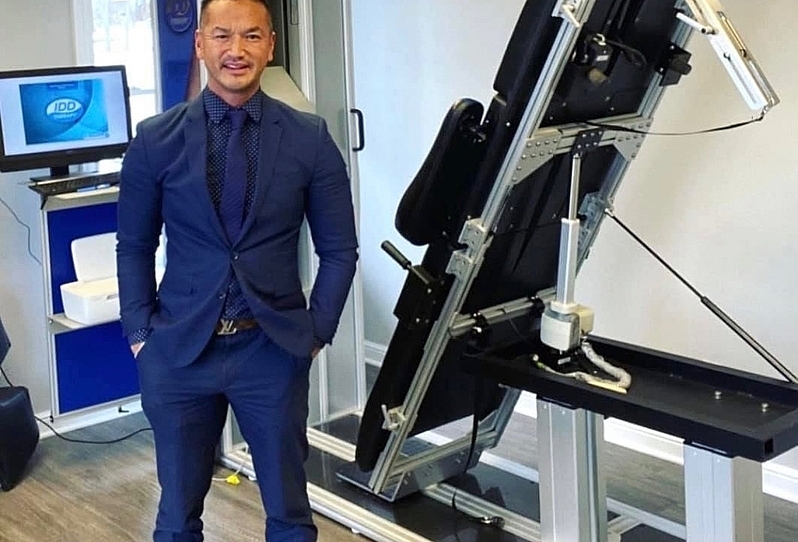
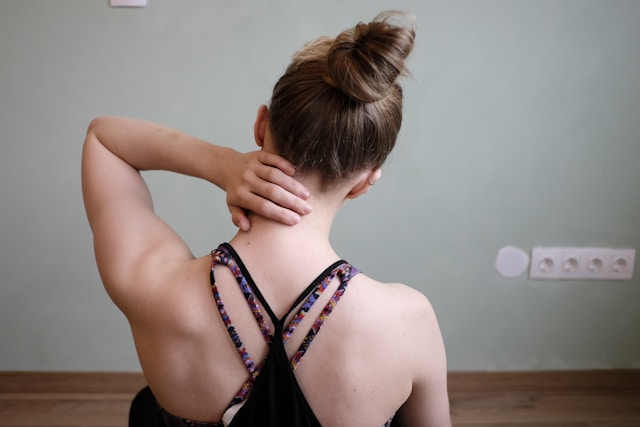
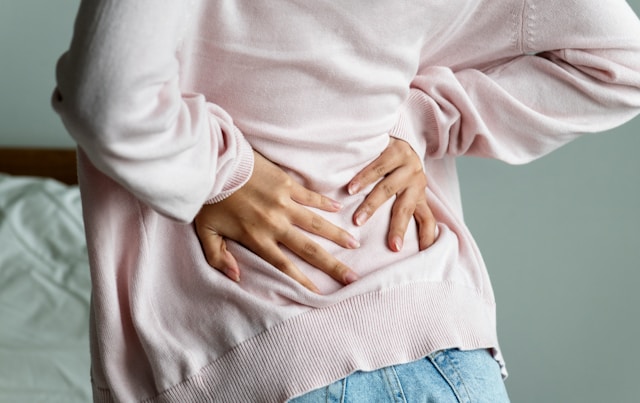
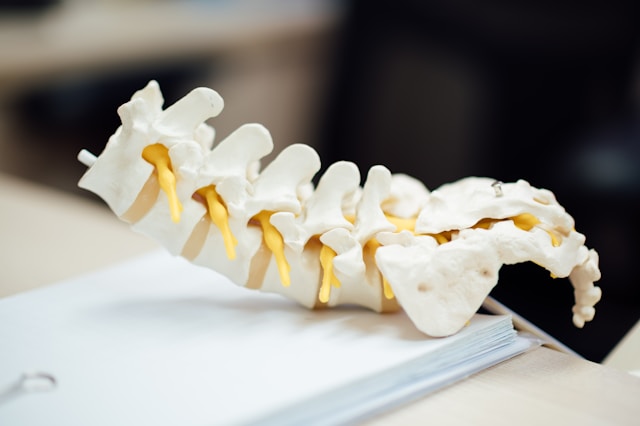

 2794 Som Center Road
2794 Som Center Road
